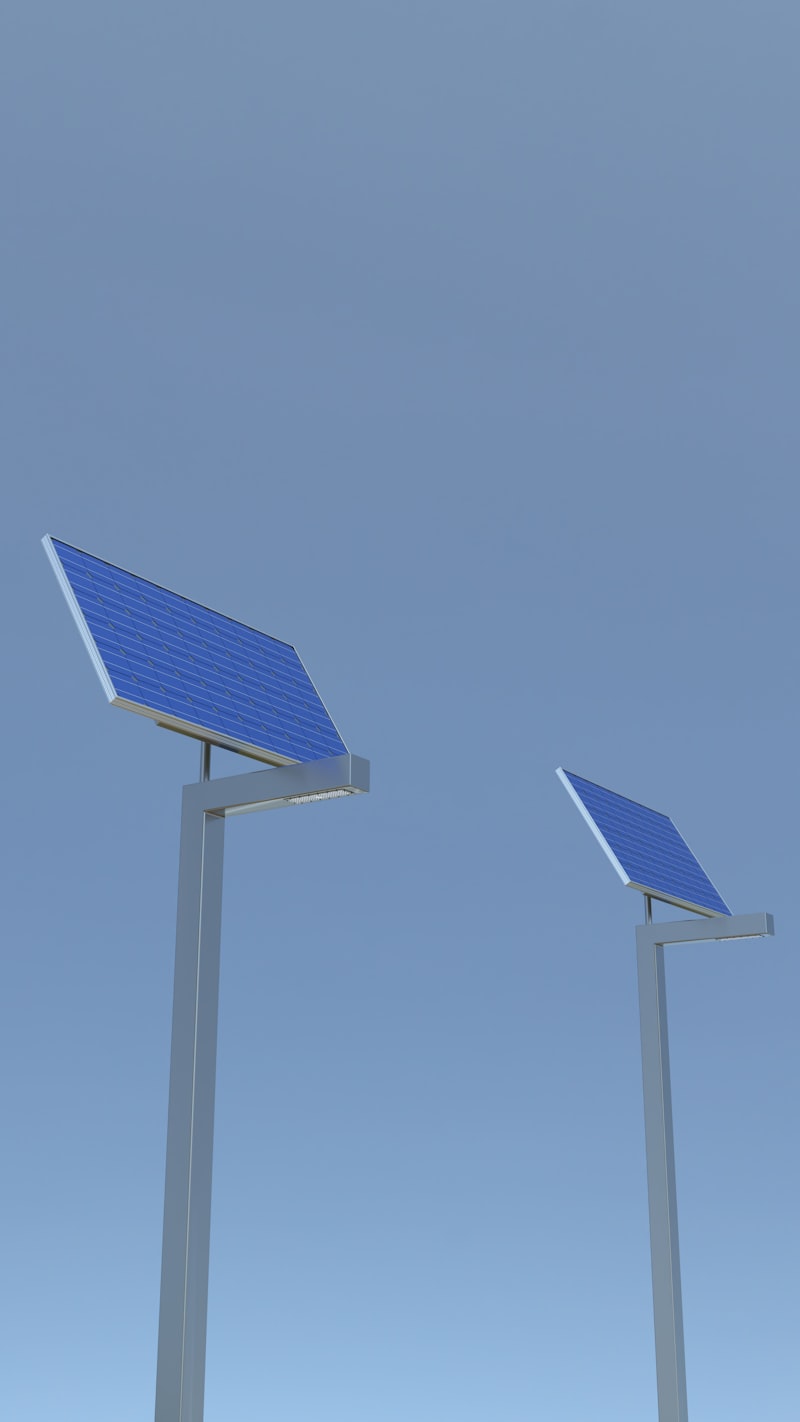Illuminate Your Outdoors: The Benefits and Insights on Solar-Powered Outdoor Lights
Illuminate Your Outdoors: The Benefits and Insights on Solar-Powered Outdoor Lights
Discover the Magic of Solar-Powered Outdoor Lights
In a world that increasingly emphasizes sustainability and energy efficiency, solar-powered outdoor lights have emerged as a popular choice for homeowners and businesses alike. Not only do these lights provide illumination for outdoor spaces, but they also help reduce energy costs and carbon footprints. In this article, we will explore the advantages of solar-powered outdoor lights, their types, installation tips, and how they can transform your outdoor areas.
The Advantages of Solar-Powered Outdoor Lights
Solar-powered outdoor lights come with numerous benefits that make them an attractive option for illuminating your gardens, patios, pathways, and driveways. Here are some key advantages:
- Energy Efficiency: As they harness the power of the sun, these lights do not increase your electricity bill.
- Environmentally Friendly: Using solar energy reduces reliance on fossil fuels, making it an eco-friendly choice.
- Easy Installation: Most solar lights require no wiring, allowing for hassle-free installation.
- Cost Savings: After the initial investment, the maintenance and operational costs are minimal.
- Versatile Designs: Available in various styles, they can complement any Home decor.
How Solar-Powered Outdoor Lights Work
Solar lights work by converting sunlight into electricity via solar panels. During the day, the solar panels absorb sunlight and charge an internal battery, which powers the LED Lights when it gets dark. This self-sustaining process makes them highly energy-efficient.

| Types of Solar-Powered Outdoor Lights | Features |
| Pathway Lights | Great for illuminating walkways and pathways; often come with stakes for easy installation. |
| Flood Lights | Provide bright illumination for security purposes; can cover a larger area. |
| String Lights | Perfect for adding ambiance to patios and decks; come in various lengths and styles. |
| Wall lights | Mounted on walls to provide focused illumination; ideal for entrances and outdoor seating areas. |
| Solar Spotlights | Designed for highlighting landscaping features or architectural elements. |
Choosing the Right Solar-Powered Outdoor Lights
When selecting solar-powered outdoor lights, consider the following factors to ensure you make the best choice for your needs:
- Brightness: Look for lights that offer adjustable brightness settings to customize illumination levels.
- Battery Capacity: A higher-capacity battery will ensure longer illumination during the night.
- Durability: Choose lights that are weather-resistant and made from high-quality materials.
- Solar Panel Efficiency: The more efficient the solar panel, the quicker it will charge during the day.
- Design: Ensure that the style of the lights complements your outdoor aesthetic.
Installing Solar-Powered Outdoor Lights
Installation of solar-powered outdoor lights is typically straightforward. Here’s a step-by-step guide:
- Select Locations: Identify areas where you need light, considering both functionality and design.
- Check for Sunlight: Ensure that your chosen locations receive ample sunlight throughout the day for optimal charging.
- Assemble the Lights: Follow the manufacturer’s instructions for assembling any components.
- Stake or Mount: Install the lights securely, ensuring they are stable and upright.
- Test: Once installed, test the lights to see if they are functioning correctly by observing them at dusk.
Maintenance Tips for Solar-Powered Outdoor Lights
To ensure your solar-powered outdoor lights remain functional and effective, follow these maintenance tips:
- Regular Cleaning: Clean the solar panels with a soft cloth to remove dirt and dust, which can obstruct sunlight.
- Battery Check: Replace batteries every couple of years to maintain optimal performance.
- Check for Damage: Inspect the lights regularly for signs of wear and tear, repairing or replacing damaged components as necessary.
- Adjust Positioning: If trees or other structures grow and cast shadows, consider repositioning the lights.
Common Questions about Solar-Powered Outdoor Lights
Many homeowners have inquiries regarding the utilization and effectiveness of solar-powered outdoor lights. Here are some commonly asked questions:
- How long do solar lights last? Most solar lights can last for up to 3-4 years, depending on the quality and battery maintenance.
- Do solar lights work in winter? Yes, but their performance may be reduced during days with limited sunlight.
- Can solar lights charge on cloudy days? Solar panels can still charge in cloudy conditions, albeit at a slower rate.
- Are solar lights effective for security? Yes, solar flood lights and spotlights can deter intruders when placed strategically around property.
- How do I store solar lights during the off-season? Store them indoors in a cool, dry place to protect the battery and components from cold weather.
Conclusion
In conclusion, solar-powered outdoor lights represent a practical, eco-friendly, and cost-effective lighting solution for various outdoor settings. Their ability to harness solar energy not only decreases your electricity bill but also aligns with a sustainable lifestyle. By choosing the right type of lights, ensuring proper installation, and adhering to maintenance tips, you can enjoy bright, beautifully illuminated outdoor spaces year-round. Remember to take time to evaluate your specific needs, and make sure to explore all available styles to find the perfect lighting solution for your home’s exterior.
